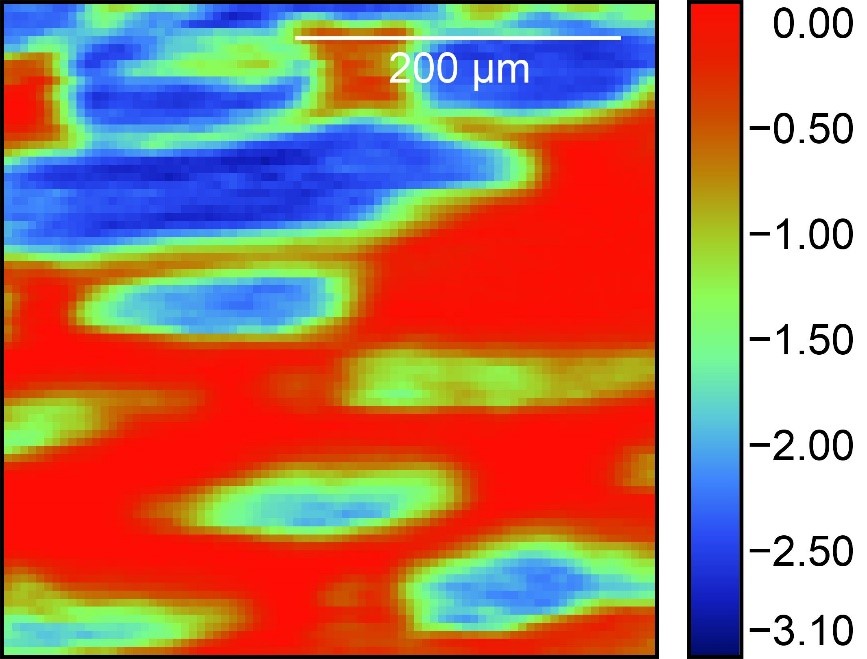Imaging the electrochemistry of photosynthesis
Latest updated: June 2, 2023Photosynthesis is a key process to life on Earth. It drives the growth of plants providing them with the food they need to survive, and produces the oxygen used by so many other organisms to survive. With a comprehensive understanding of photosynthesis it is possible to understand the effects of different stimuli on plant survival. Aside from building our fundamental knowledge on plant biology, such information is also important to improve agriculture and horticulture.
How is scanning probe electrochemistry applied to the investigation of photosynthesis?
Scanning probe electrochemistry brings together the worlds of microscopy and bulk electrochemistry. Scanning probe electrochemistry enables a picture to be built up of the sample based on the electrochemical characteristics of the sample. Scanning probe electrochemistry provides information about the sample which cannot be measured otherwise. Scanning probe electrochemistry makes it possible to gain further understanding of photosynthesis as it occurs in plants naturally. Furthermore, scanning probe electrochemistry can provide information on how stressors, like toxins and pests, affect the organism, and its ability to perform photosynthesis.
In the study of photosynthesis, Scanning ElectroChemical Microscopy (SECM) and the vibrating probe technique are of particular interest.
In SECM a probe is electrochemically biased in close proximity to the sample surface to measure an electrochemically active species in solution. Using SECM the activity and the topography of the sample can be measured. SECM is particularly useful in the study of photosynthesis, with the first studies of this kind being demonstrated shortly after the introduction of SECM. When SECM is used to study photosynthesis in plants, the probe is biased to selectively detect the oxygen generated, reflecting the photosynthetic activity. Furthermore, SECM measurements also reflect the topography of the sample without touching and deforming the sample. This allows correlation between the natural sample features and regions active in photosynthesis.
In Vibrating Probe, the potential gradient in a solution above a naturally active sample is measured. The measured potential gradient is then correlated to the current density of the sample. In biological systems this is of interest because many processes are controlled through electrical signaling. This is indeed the case for photosynthesis, and it has been seen that changes in current density reflect the stomatal activity during photosynthesis [1].
Want to know more about how scanning probe electrochemistry can be applied to studies of photosynthesis?
SCAN-Lab AN#15: Introduction to the USB-PIO: measuring the effect of light on a live leaf presents the information needed to start your own SECM measurements of plant leaves. This note uses SECM to measure a spider plant leaf during photosynthesis. By biasing the probe to perform oxygen reduction it was possible to measure the oxygen produced during photosynthesis highlighting the changes at the stomata with different light conditions.
For more information on applying the Vibrating Probe technique to your photosynthesis studies SCAN-Lab AN#22: The use of the SVP470 for Vibrating Probe measurements of plants should be consulted. This note fully introduces the vibrating probe technique, and demonstrates its use to measure a spider plant leaf. Using the Vibrating Probe technique, the cellular structure of the leaf can be detected using the naturally occurring extracellular current.
Vibrating probe measurement of the underside of a spider plant leaf in water. Current density values are given in µA/cm2
Find out more about BioLogic and Scanning Probe electrochemistry...
Learn more about scanning probe electrochemistry systems
